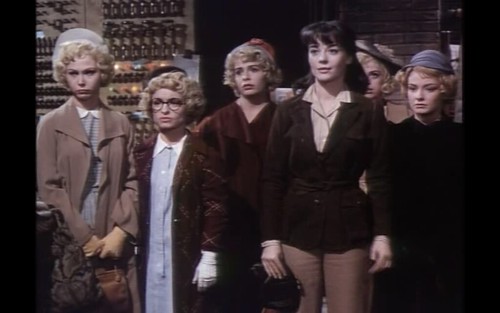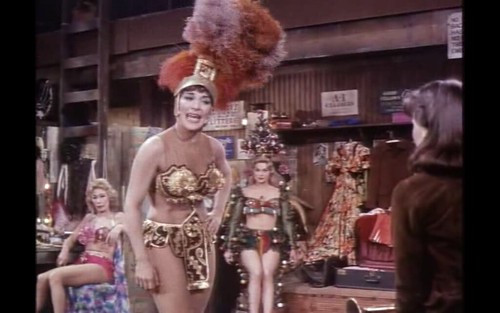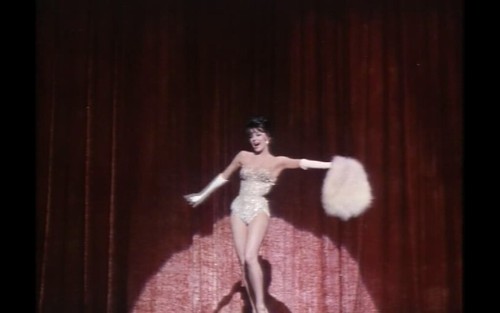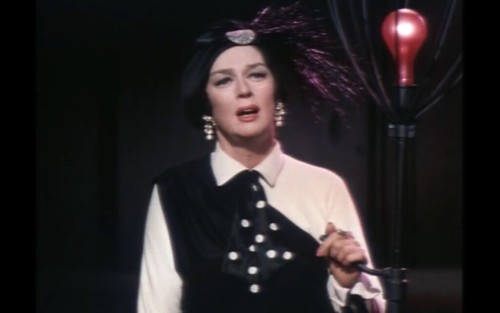The Man From U.N.C.L.E. was an immensely popular spy-fi show that ran for 105 episodes from 1964-1968 and was partly created by none other than Ian Fleming. It was also the last American show to premier in black and white.
UNCLE stood for the United Network Command for Law and Enforcement, the secret international organization responsible for maintaining world peace that everyone knows about. UNCLE is international and not governed or funded by any single governing power, rather like the UN but with guns, spies and secret offices worldwide.
The enemy and foe of UNCLE in almost every episode is THRUSH, a secret evil organization of wealthy evil criminal masterminds and henchmen bend on total world domination by any means. THRUSH has no political motivations, they just want power. Besides, someone has to employ evil masterminds.
UNCLE is headquartered in the basement of a tailor's shop in New York and is control by Mr. Waverly, who never seemed to go home and always sounded that he'd just been enjoying a three martini lunch.
Robert Vaughn plays Napoleon Solo, an American enforcement agent for UNCLE. He's your typical spy: the man about town, has an excellent tailor, lots of pretty girls and a good haircut. His role is that of James Bond; save the world, get the girl, look good in a tux and try not to cause too many explosions.
David McCallum plays Illya Kuryakin, a Russian enforcement agent. Illya is a more interesting character. He has several degrees, is an expert at just about everything, he quotes poetry, speaks several languages, is a master of martial arts and disguises and can blend into just about any setting. He also will occasionally get the girl, or at least the one's with actual personalities.
Originally, Illya was just a minor character (Napoleon was supposed to be The Man from U.N.C.L.E.) but he received such an overwhelming fan reaction from his one small scene in the pilot that he was made Napoleon's full partner halfway through the first season.
It's an equal partnership, although you will often see Napoleon hanging out at a party while Illya climbs to the second floor balcony, because David McCallum did most of his own stunts and was an actual gymnast whereas Robert Vaughn was a movie star.
Illya was the more popular of the two and David McCallum became known as the "blond Beatle" due to his huge following of fans. Illya is the epitome of Sixties Cool, particularly when he's wearing a turtleneck, sunglasses and hanging out with beatniks.
I've found it really hard to find any clips from the show, so here is a trailer that someone made that explains more about what UNCLE does every week. Plus you can hear the awesome theme music by Jerry Goldsmith and the famous bongo drums that played throughout every episode:
As to the format for the episodes, you can probably guess what it was: THRUSH is planning something nasty, Napoleon and Illya are send to find out what it is and stop it, thereby saving the world and getting the girl.
The slightly usual aspect about the show is that every week there was the innocent guest star, usually a girl but not always, who had some connection to the THRUSH threat of the week and Napoleon and Illya had to recruit them and use their assistance in order to save the world.
Although the show focuses on just those two characters, there are none of those moving character development episodes that modern television shows seem obsessed by. We know what they characters of Napoleon and Illya are like and that they're friends and are able to work well together and still get in a few wisecracks between the action. We cannot know about their personal backgrounds or what they do on their days off because they're spies and are too busy saving the world to get into any of that nonsense. The Man from U.N.C.L.E. was made as pure escapism.
Since I couldn't find any clips, here is a clip show that someone made to "The Masochism Tango" by Tom Lehrer. This was also the first American TV show to use hand held cameras in some of the fight scenes.
UNCLE started out as an adventure series with bits of comedy mixed in. However, during the third season, with the rise in popularity of Batman, it became incredibly silly. Some of the episodes are so silly that they're almost unwatchable and the ratings sank. Even though they switched back to their old format for the fourth season, they were cancelled halfway through.
UNCLE was made by MGM for television and was filmed entirely on location on the MGM back lot, which is why you might recognize some of the sets or costumes from other MGM movies, or even just the sound stages which can fill in for just about any location in the world.
Aside from the merchandising profits from books, lunch boxes and replica gadgets, MGM also cashed in by releasing eight UNCLE movies, which were really just two episodes stuck together with some extra sex and violence footage thrown in. These films did extremely well overseas, where UNCLE wasn't shown, in some cases beating that year's James Bond film at the box office.
Just about anyone famous who was willing to appear on television guest stared on the show. Including Joan Crawford, Janet Leigh, Victor Borge, Nancy Sinatra, Sonny and Cher, Eve Arden, Joan Blondell, Cesar Romero, Anne Francis, Angela Lansbury and of course, Vincent Price.
But most famously in the ninth episode of the first season, William Shatner and Leonard Nimoy appeared on screen together for the first time and a full two years before Star Trek started! This is the only clip I could find of the entire series and it's from that episode. Shatner plays the innocent of the week and Nimoy plays a Russian. Also appearing are the guy who played Colonel Klink and Illya doing his impression of Trotsky
So, what about the costumes. Well, since there are too many episodes to screen cap and I didn't know which ones to pick to screen cap since they all have great costumes, here is one of the special features videos from the DVD which is a clip show of all of the girls from UNCLE and shows their awesome Sixties fashions, big hair and even bigger eye makeup.
The Man From U.N.C.L.E. is available on DVD in Region 1 and five of the feature films are available on Region 2 DVD. Or you could just download them from the bay of pirates if the DVDs aren't available to you. And you should, it's a terrific series and such fun to watch!

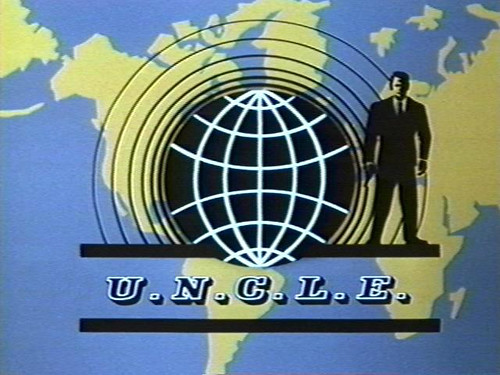


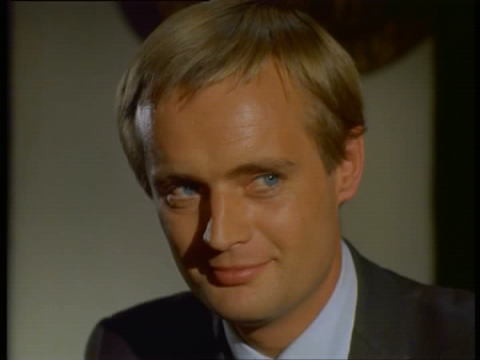



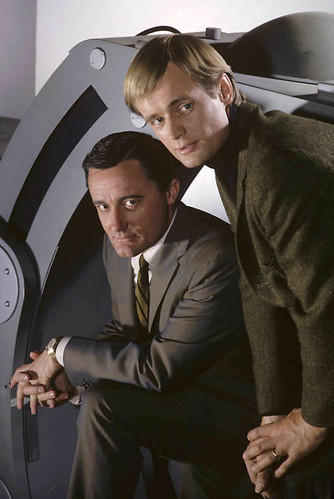







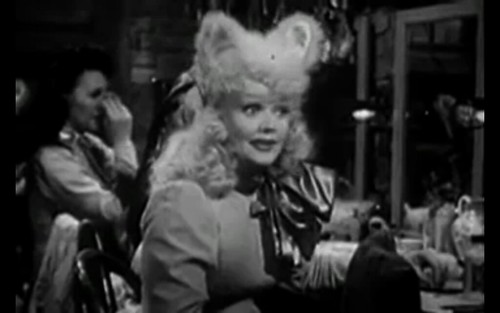




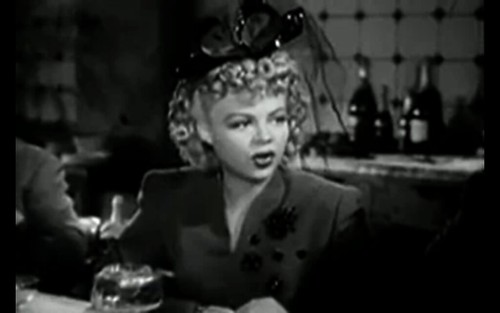






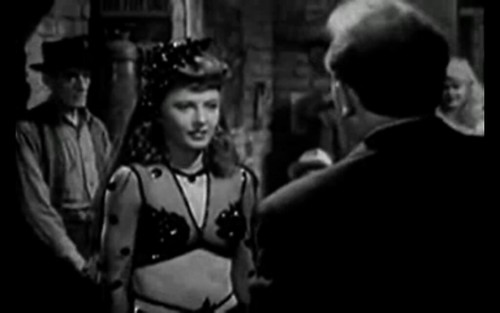


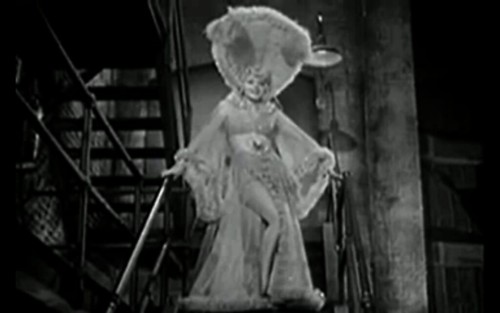


![[Portrait of Django Reinhardt, Aquarium, New York, N.Y., ca. Nov. 1946] (LOC)](http://farm5.static.flickr.com/4108/4843142229_5af3c0fdaf.jpg)















